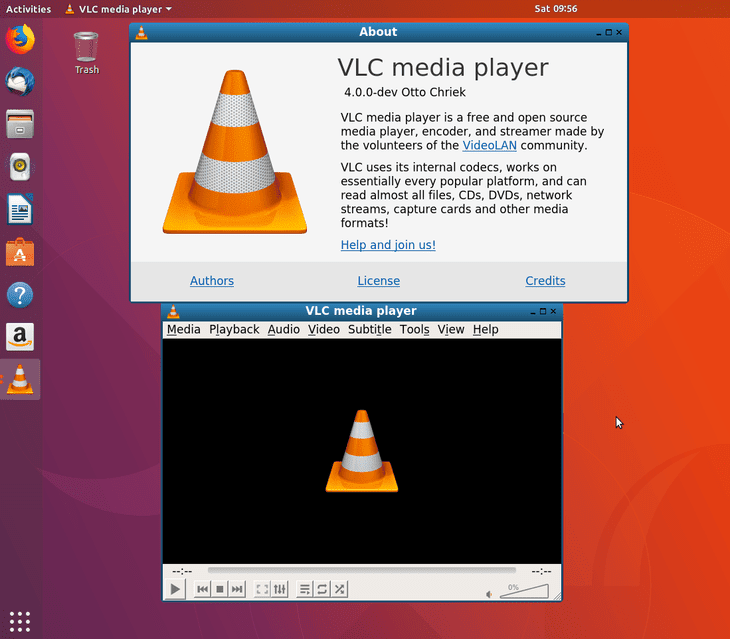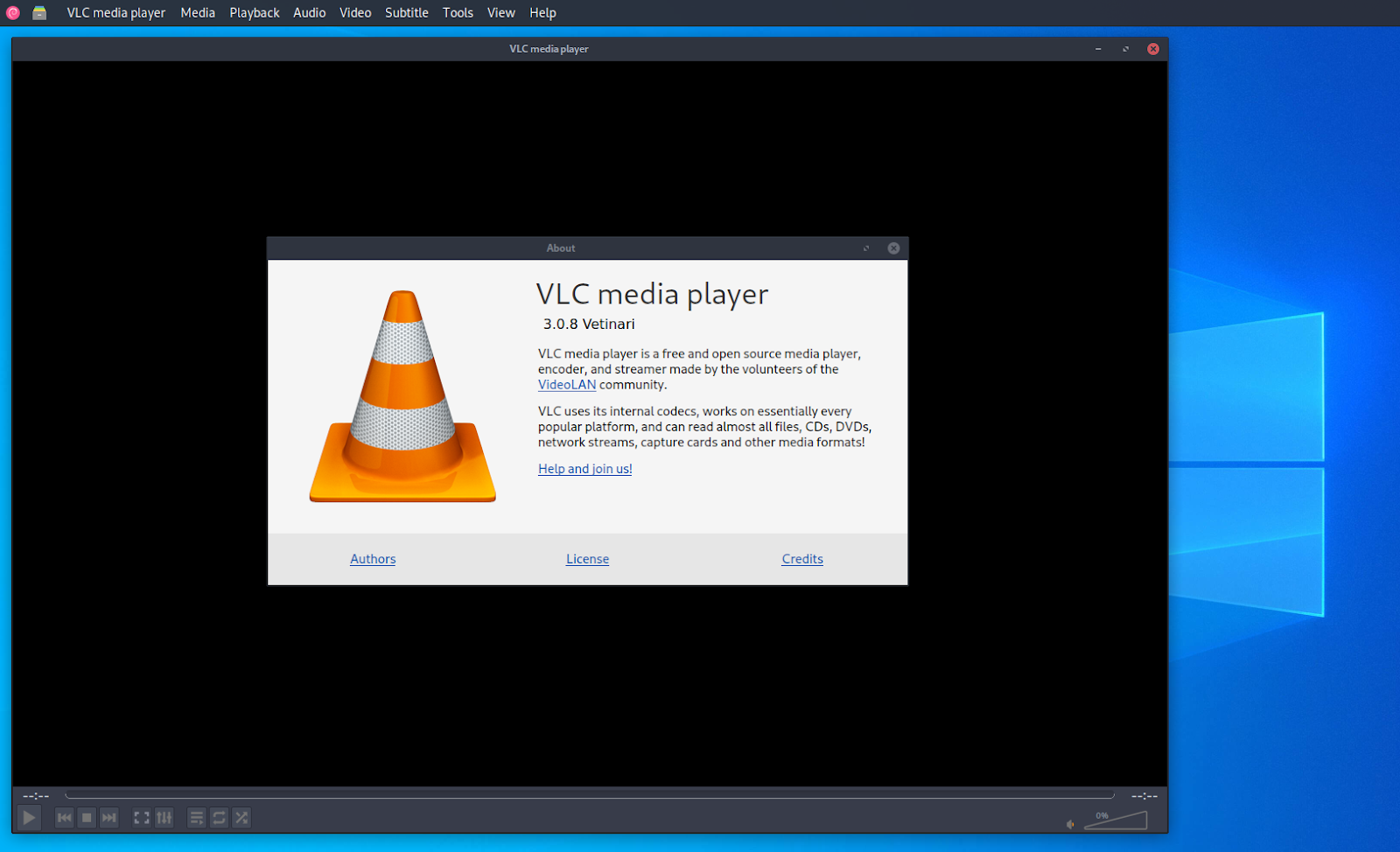

The recommended approach to install VLC on Ubuntu 18.04 is by using the snappy The deb package included in the official Ubuntu 18.04 repositories always lags behind the latest version of VLC.

To be able to install packages on your Ubuntu system. You’ll need to be logged in as a user with sudo access The same instructions apply for Ubuntu 16.04 and any Ubuntu-based distribution, including Kubuntu, Linux Mint, and Elementary OS. This tutorial explains how to install VLC media player on Ubuntu 18.04. I have no idea what the developers are thinking.How to Install VLC Media Player on Ubuntu Linux ? #linux #ubuntu #vlcmediaplayer #multimedia Main decoder error: failed to create video output” Main video output error: video output creation failed

Glconv_vaapi_x11 gl error: vaDeriveImage: operation failed Libva info: Found init function _vaDriverInit_1_1

Libva info: Trying to open /usr/lib/i386-linux-gnu/dri/r600_drv_video.so Main audio output error: cannot add user audio filter “equalizer” (skipped) Main audio output error: module not functionalĮqualizer audio filter error: No preset selected Vlcpulse audio output error: digital pass-through stream connection failure: Not supported Main decoder error: failed to create audio output Main audio output error: too low audio sample frequency (0) “Gtk-Message: 13:35:22.962: GtkDialog mapped without a transient parent. Now this: When you run it from the terminal like that, you will get some alarming terminal messages: If you make changes to the default interface, such as having it search the web for titles and other foolishness, eventually it won’t work right. Use ‘cvlc’ to use vlc without interface.” Then you will be OK (don’t use ‘cvlc’). You should get the message on your terminal: “main libvlc: Running vlc with the default interface. It has preprogrammed channels, which should be a warning, and you should realize that. You do NOT want it to search the internet for information. Running it any other way eventually causes it to lose its mind and you have to remove vlc and all the files it has created, and reinstall. I would like to mention that once you have it installed, also run it from the terminal with $ vlc I use vlc all the time to play videos and CDs.


 0 kommentar(er)
0 kommentar(er)
